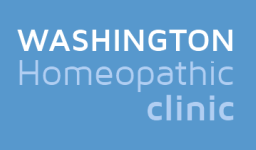Homeopathy is a school of natural medicine that has been widely practiced over the last 200 years. At one time it was one of two dominant schools of medicine in the western world. In the late 1800’s there were more than twenty homeopathic medical schools in the United States. A few of these schools still exist today as allopathic medical schools including Hahnemann Medical School, Boston University, and New York Medical College.
Homeopathy’s popularity grew rapidly in the US during the 1800’s despite vigorous opposition from the allopathic profession. In the late 19th and early 20th century homeopathy often proved to be more successful than allopathy. In the 1884 cholera epidemic and the 1918 influenza epidemic, homeopathic hospitals reported a statistically significant success rate over allopathic hospitals.
In 1847 the American Medical Association (AMA) was formed primarily in response to the success of homeopathy and the growing number of homeopathic practitioners. In 1910, the AMA, with the aid of the pharmaceutical industry, sponsored a report evaluating and ranking medical schools. This report assigned high ratings to schools emphasizing the use of pharmaceutical medication and penalizing those using homeopathic medications. As a result, congress was influenced to provide financial support to allopathic medical schools. Of the 22 homeopathic colleges operating in 1900, only two were still teaching homeopathy in 1923.
Currently practitioners use homeopathy worldwide. In the last twenty years homeopathy has experienced resurgence in the United States. It is now the fastest growing form of alternative medicine.
